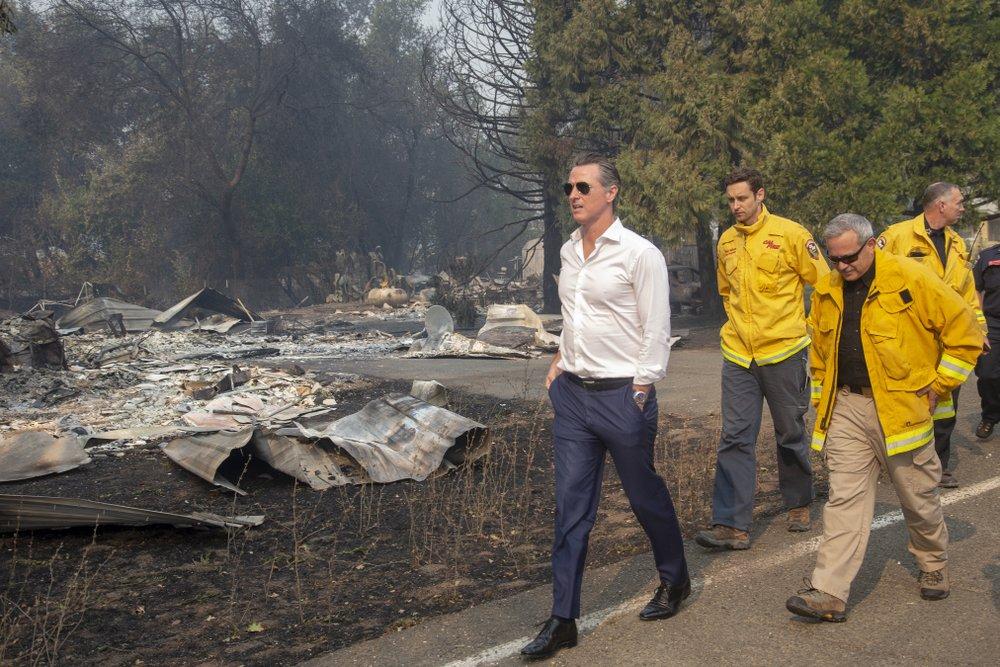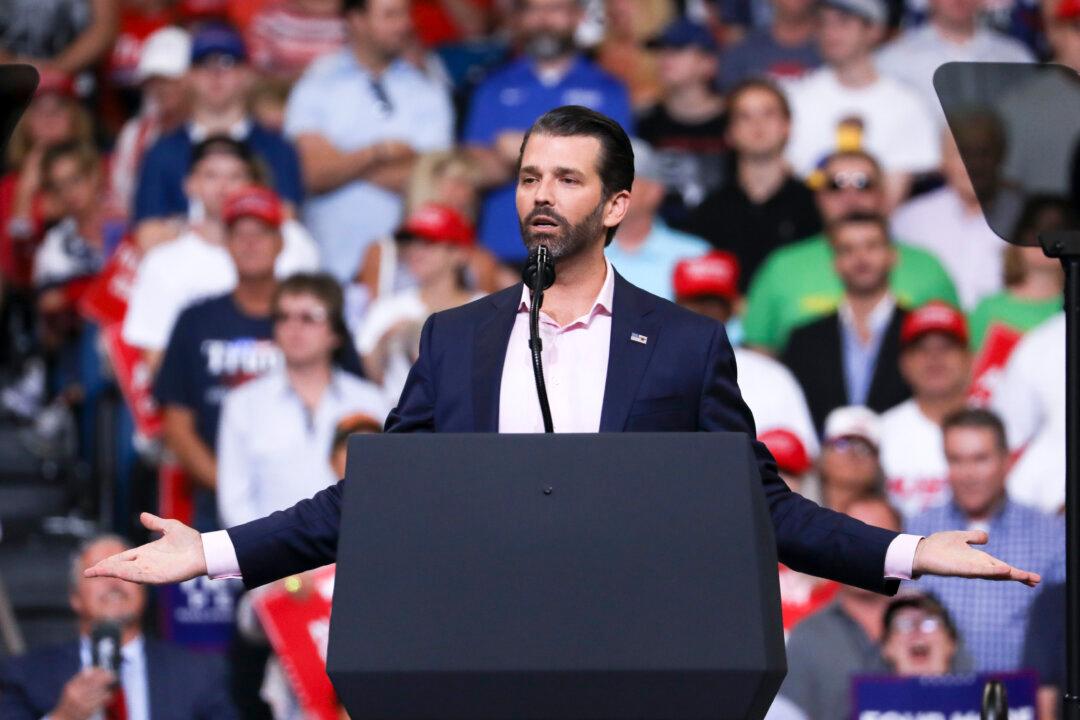The U.S. Department Of Energy (DOE) recently unveiled the United States’ “Strategy to Restore American Nuclear Energy Leadership” (pdf), which was developed by the U.S. Nuclear Fuel Working Group at the request of President Trump.
The strategy includes root-and-branch plans to reinvigorate America’s entire nuclear fuel cycle—from the ‘front-end’ of mining, processing and stockpiling nuclear fuel to developing next-generation civil nuclear technologies and exporting them to nations around the world.





